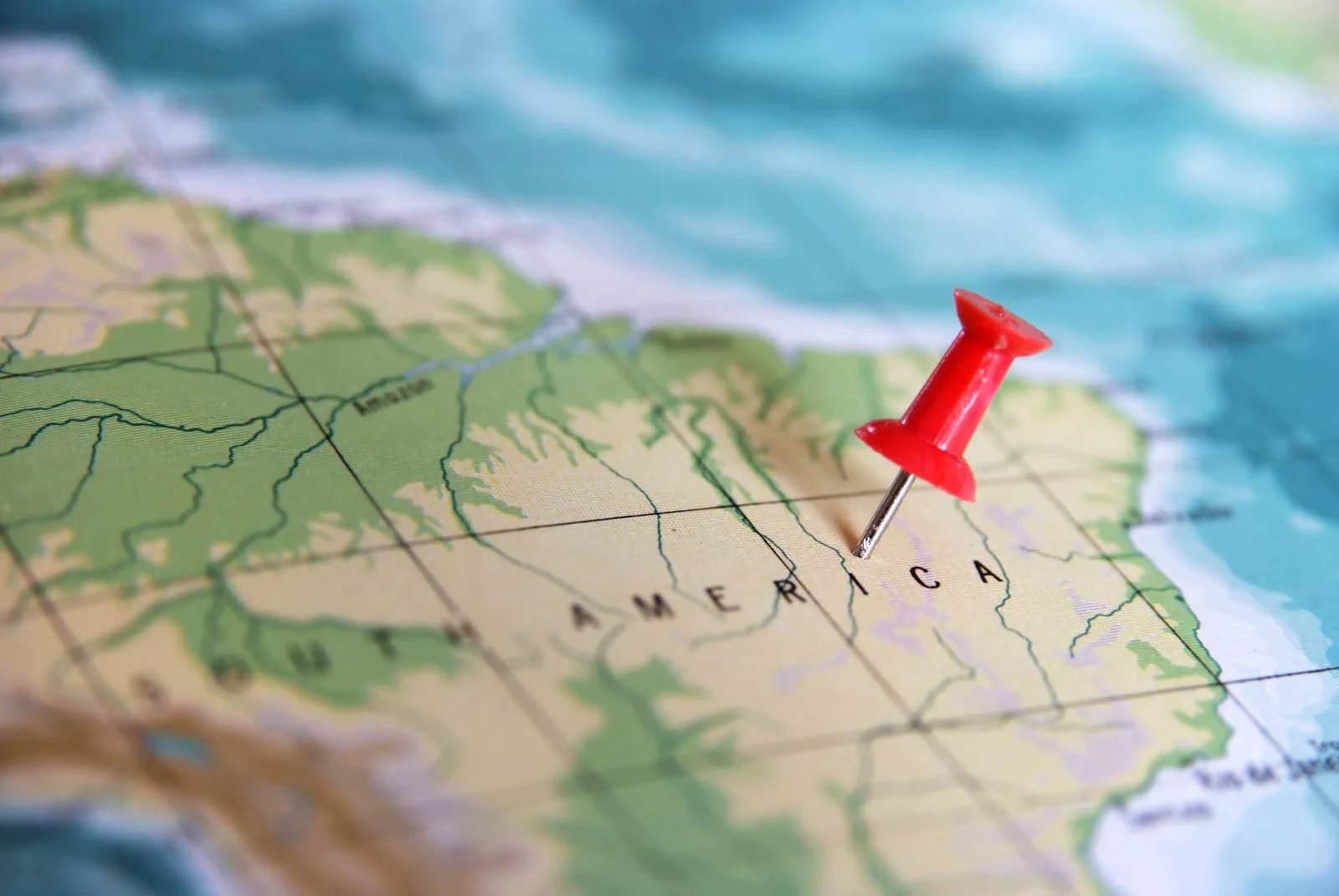
Amazing UNESCO World Heritage Sites in South America | Travel Blog
South America captivates with its rich cultural and ecological variety. This expansive continent encompasses 12 independent nations (Argentina, Bolivia, Brazil, Chile, Colombia, Ecuador, Paraguay, Peru, Suriname, Uruguay, and Venezuela), each possessing a distinct individuality.
The United Nations Educational, Scientific and Cultural Organization (UNESCO) has pinpointed several natural and man-made sites, regions, and structures across South America, labeling them as World Heritage Sites. These locations are acknowledged globally for their exceptional significance.
Explore the comprehensive guide below to discover these noteworthy sites and their respective locations.
Table of content
- City of Quito, Ecuador
- Ischigualasto/Talampaya Natural Parks, Argentina
- Historic Center of the City of Arequipa, Peru
- Huascarán National Park, Peru
- Cartagena Historic Monuments, Colombia
- Galápagos Islands, Ecuador
- Historic Inner City of Paramaribo, Suriname
- Quebrada de Humahuaca, Argentina
- Brasília, Brazil
- Historic Sanctuary of Machu Picchu, Peru
- Sewell Mining Town, Chile
- Brazilian Atlantic Islands: Fernando de Noronha and Atol das Rocas Reserves
- Spiritual and Political Center of the Tiwanaku Culture, Bolivia
- Sangay National Park, Ecuador
- Historic Center of Olinda, Brazil
- Los Glaciares National Park, Argentina
- Iguaçu National Park, Brazil
- Historic City of Sucre, Bolivia
- City of Cuzco, Peru
- Pantanal Conservation Area, Brazil
- Fray Bentos Cultural-Industrial Landscape, Uruguay
- Historic Town of Ouro Preto, Brazil
- City of Potosí, Bolivia
- Chan Chan Archaeological Zone, Peru
- Peninsula Valdés, Argentina
- Humberstone and Santa Laura Saltpeter Works, Chile
- Ciudad Universitaria de Caracas, Venezuela
- Coro and its Port, Venezuela
- Historic Quarter of Colonia de Sacramento, Uruguay
- Jesuit Missions of the Guaranis, Argentina and Brazil
- Central Suriname Nature Reserve, Suriname
- Historic Center of Salvador de Bahia, Brazil
- Churches of Chiloé, Chile
- Atlantic Forest South-East Reserves, Brazil
- Historic Center of São Luís, Brazil
- Chavin Archaeological Site, Peru
- Sanctuary of Bom Jesus do Congonhas, Brazil
- Serra da Capivara National Park, Brazil
- Cerrado Protected Areas, Brazil
- Malpelo Fauna and Flora Sanctuary, Colombia
- Historic Center of Lima, Peru
- Canaima National Park, Venezuela
- Coffee Cultural Landscape of Colombia, Colombia
- Fuerte de Samaipata, Bolivia
- Jesuit Missions of Chiquitos, Bolivia
- Historic Center of Santa Ana de los Rios de Cuenca, Ecuador
- Lines and Geoglyphs of Nazca and Pampas de Jumana, Peru
- Sacred City of Caral-Supe, Peru
- San Agustin Archaeological Park, Colombia
- Los Alerces National Park, Argentina
- Jesuit Missions of La Santísima Trinidad de Paraná and Jesús de Tavarange, Paraguay
- Historic Quarter of Valparaíso, Chile
- Qhapaq Ñan, Argentina, Bolivia, Chile, Colombia, Ecuador, Peru
City of Quito, Ecuador
Location: Quito
Criteria: Cultural
Year established: 1978
Description: Quito's historic center stands out as one of the most extensive, minimally altered, and well-maintained historic districts in Latin America. Established in 1534, the city has retained its historical character over the years.
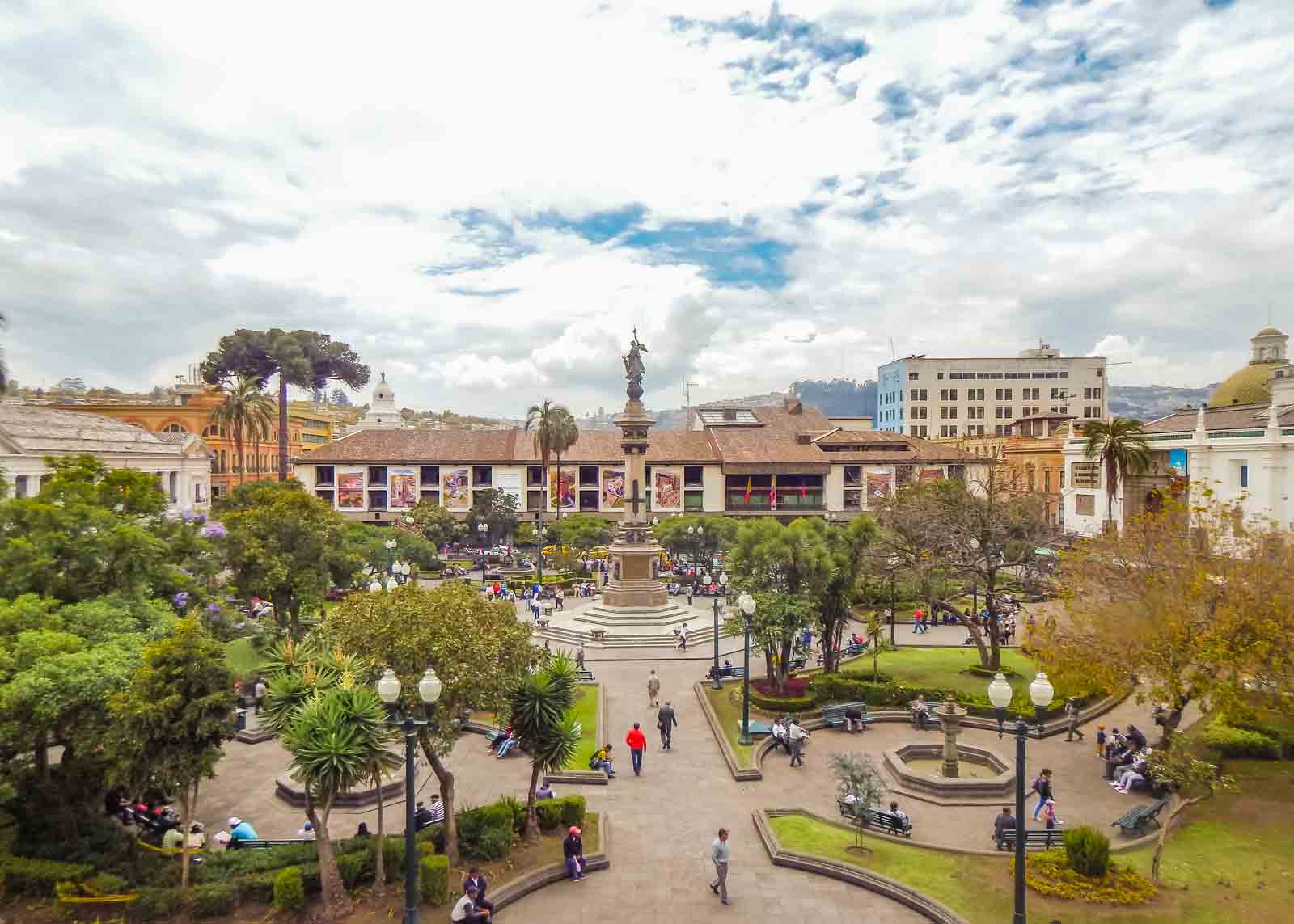
Ischigualasto/Talampaya Natural Parks, Argentina
Location: San Juan and La Rioja Province
Criteria: Natural
Year established: 2000
Description: The otherworldly aspect of the wind-sculpted rock formations that define this area, coupled with the parks being the most comprehensive fossil site from the Triassic periods (245-208 million years ago), bestow distinctive geological features upon the entire region.
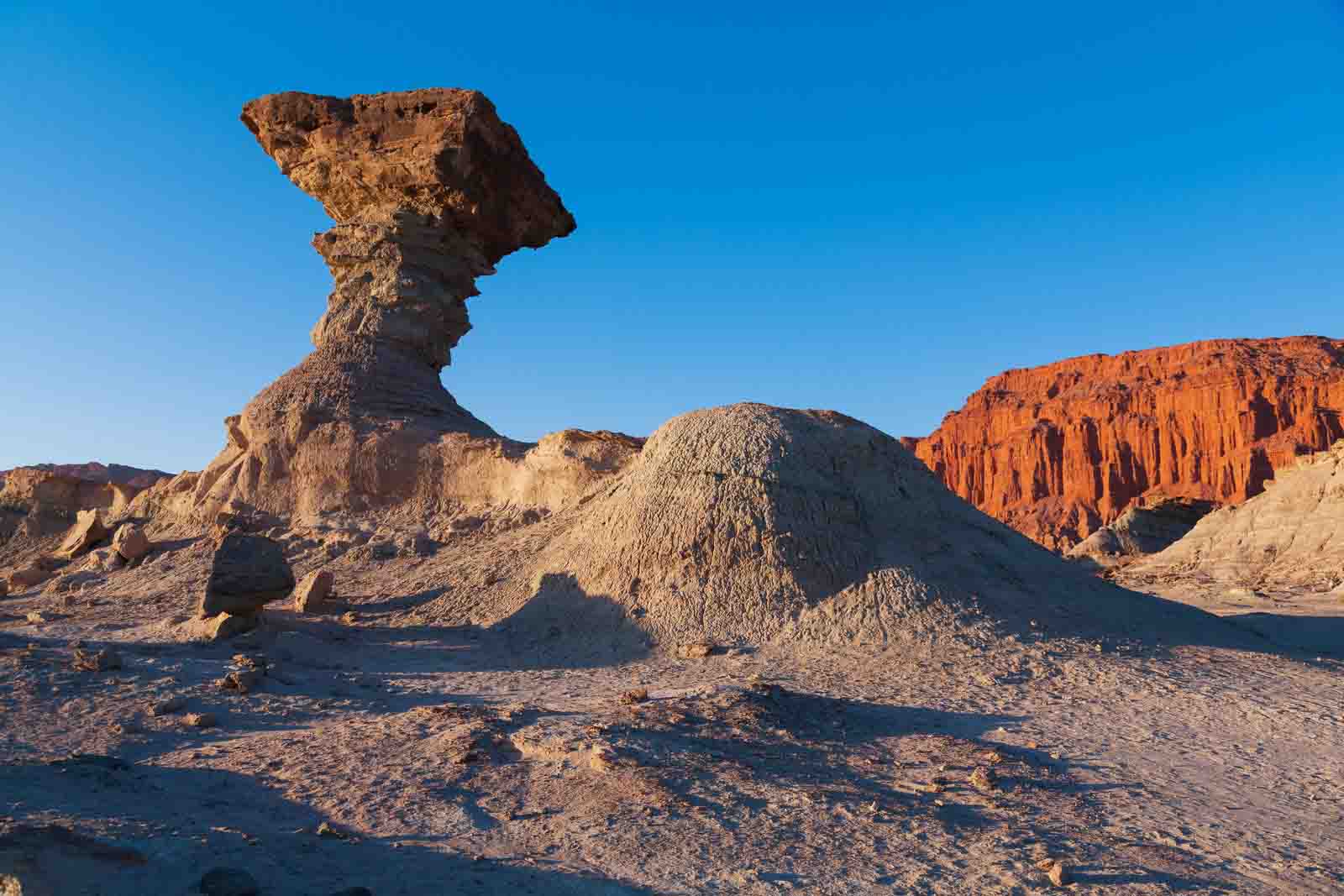
Historic Center of the City of Arequipa, Peru
Location: Arequipa
Criteria: Cultural
Year established: 2000
Description: Constructed on volcanic silla rock, the historic center of Arequipa is renowned for seamlessly blending traditional indigenous architectural styles with the innovative techniques introduced by European colonial settlers. This amalgamation is evident in the city's sturdy walls, archways, and vaults, along with numerous courtyards.

Huascarán National Park, Peru
Location: Ancash
Criteria: Natural
Year established: 1985
Description: Named in honor of the tallest mountain in Peru and Huascar, a 16th-century Inca emperor, the park boasts a distinctive biodiversity. Additionally, it is renowned for housing around 300 glacial lakes.

Cartagena Historic Monuments, Colombia
Location: Cartagena
Criteria: Cultural
Year established: 1984
Description: Erected at the outset of 1586, the city's fortress and defensive walls encircle a historic center that captivates with its array of churches, convents, and various colonial architectural structures adorned with Andalusian design elements.

Galápagos Islands, Ecuador
Location: Galápagos Province
Criteria: Natural
Year established: 1978
Description: Permanently linked with Charles Darwin and his theory of evolution through natural selection, this secluded archipelago is renowned for its abundant array of species found nowhere else, showcasing a high number of endemics.

Historic Inner City of Paramaribo, Suriname
Location: Paramaribo
Criteria: Cultural
Year established: 2001
Description: In the 17th century, the Dutch established their presence in this region, and their cultural imprint is evident in the distinct street layout and traditional architectural elements found in the old quarter.

Quebrada de Humahuaca, Argentina
Location: Jujuy Province
Criteria: Cultural
Year established: 2003
Description: The location, situated in a narrow mountain valley, served as a caravan route for the Inca Empire during the 15th century. Encompassed within its boundaries are the pre-Inca fortification, Pucará de Tilcara, and the vibrant Serranía de Hornocal mountain range, as depicted in the image.

Brasília, Brazil
Location: Federal District
Criteria: Cultural
Year established: 1987
Description: Conceived by architects Oscar Niemeyer and Lúcio Costa in 1956, Brasília assumed the role of the new national capital in 1960. Its selection as a World Heritage Site stems from its modernist architectural design and distinctive artistic urban planning.

Historic Sanctuary of Machu Picchu, Peru
Location: Cuzco
Criteria: Mixed
Year established: 1983
Description: This extensive mountain estate, founded in the mid-15th century, stands out as one of the globally renowned historic landmarks and serves as the quintessential symbol of the Inca civilization.

Sewell Mining Town, Chile
Location: Machalí, Cachapoal Province
Criteria: Cultural
Year established: 2006
Description: Situated on the Andean slopes, the deserted mining town of Sewell, which once housed a population of 16,000, witnessed a decline in its fortunes. The combination of its precarious steep and remote setting, coupled with the constant threat of avalanches, earthquakes, and explosions, prompted families to evacuate Sewell, ultimately leading to the town's abandonment.

Brazilian Atlantic Islands: Fernando de Noronha and Atol das Rocas Reserves
Location: Pernambuco and Rio Grande do Norte
Criteria: Natural
Year established: 2001
Description: The location comprises a crucial environment serving as both a feeding ground and a reproductive area for various marine life, including species that are endangered and threatened.

Spiritual and Political Center of the Tiwanaku Culture, Bolivia
Location: Ingavi Province
Criteria: Cultural
Year established: 2000
Description: The excavation of this pre-Columbian site near Lake Titicaca has unveiled adorned ceramics, impressive monumental structures, and massive megalithic blocks. Estimates suggest that the site was established around 110 CE.

Sangay National Park, Ecuador
Location: Morono Santiago, Chimborazo, and Tungurahua Provinces
Criteria: Natural
Year established: 1983
Description: A significant sanctuary for rare Andean species, such as the mountain tapir, this picturesque park is also notable for its two active volcanoes.

Historic Center of Olinda, Brazil
Location: Pernambuco
Criteria: Cultural
Year established: 1982
Description: One of the notable structures in Olinda's historic center is the Convent of São Francisco, recognized as the oldest Franciscan convent in the country.

Los Glaciares National Park, Argentina
Location: Santa Cruz Province
Criteria: Natural
Year established: 1981
Description: Encompassing a series of towering peaks, pristine glacial lakes, and glaciers, the park derives its name from the colossal ice cap in the Andes—the largest outside of Antarctica, Greenland, and Iceland.

Iguaçu National Park, Brazil
Location: Paraná
Criteria: Natural
Year established: 1986
Description: A globally acclaimed natural marvel, this park, sharing its name with Iguazú National Park in Argentina (also a UNESCO World Heritage Site since 1984), boasts one of the planet's largest waterfalls. The surrounding habitats harbor numerous rare and endangered species of flora and fauna.

Historic City of Sucre, Bolivia
Location: Oropeza Province, Chuquisaca Department
Criteria: Cultural
Year established: 1991
Description: Established by the Spanish in 1538, Sucre showcases numerous old and classic buildings, particularly the religious structures, reflecting a harmonious fusion of local and European architectural styles.

City of Cuzco, Peru
Location: Cuzco
Criteria: Cultural
Year established: 1983
Description: Cuzco, the historical capital of the Inca Empire from the 13th century until the Spanish conquest in the 16th century, preserves a wealth of buildings, plazas, streets, and churches from colonial times, and even some pre-Columbian structures.

Pantanal Conservation Area, Brazil
Location: Mato Grosso do Sul and Mato Grosso states
Criteria: Natural
Year established: 2000
Description: The Pantanal is a natural region that spans the world's largest tropical wetland area.

Fray Bentos Cultural-Industrial Landscape, Uruguay
Location: Rio Negro Department
Criteria: Cultural
Year established: 2015
Description: The site includes Barrio Anglo, the location of a meat processing plant established in 1863 and shut down in 1979. The remarkably preserved ruins of this industrial complex now house a local history museum.

Historic Town of Ouro Preto, Brazil
Location: Minas Gerais state
Criteria: Cultural
Year established: 1980
Description: Once a significant gold-producing city during the Brazilian Gold Rush that commenced in the 1690s, Ouro Preto now holds equal value for its extensive collection of well-preserved Baroque churches, bridges, and fountains.
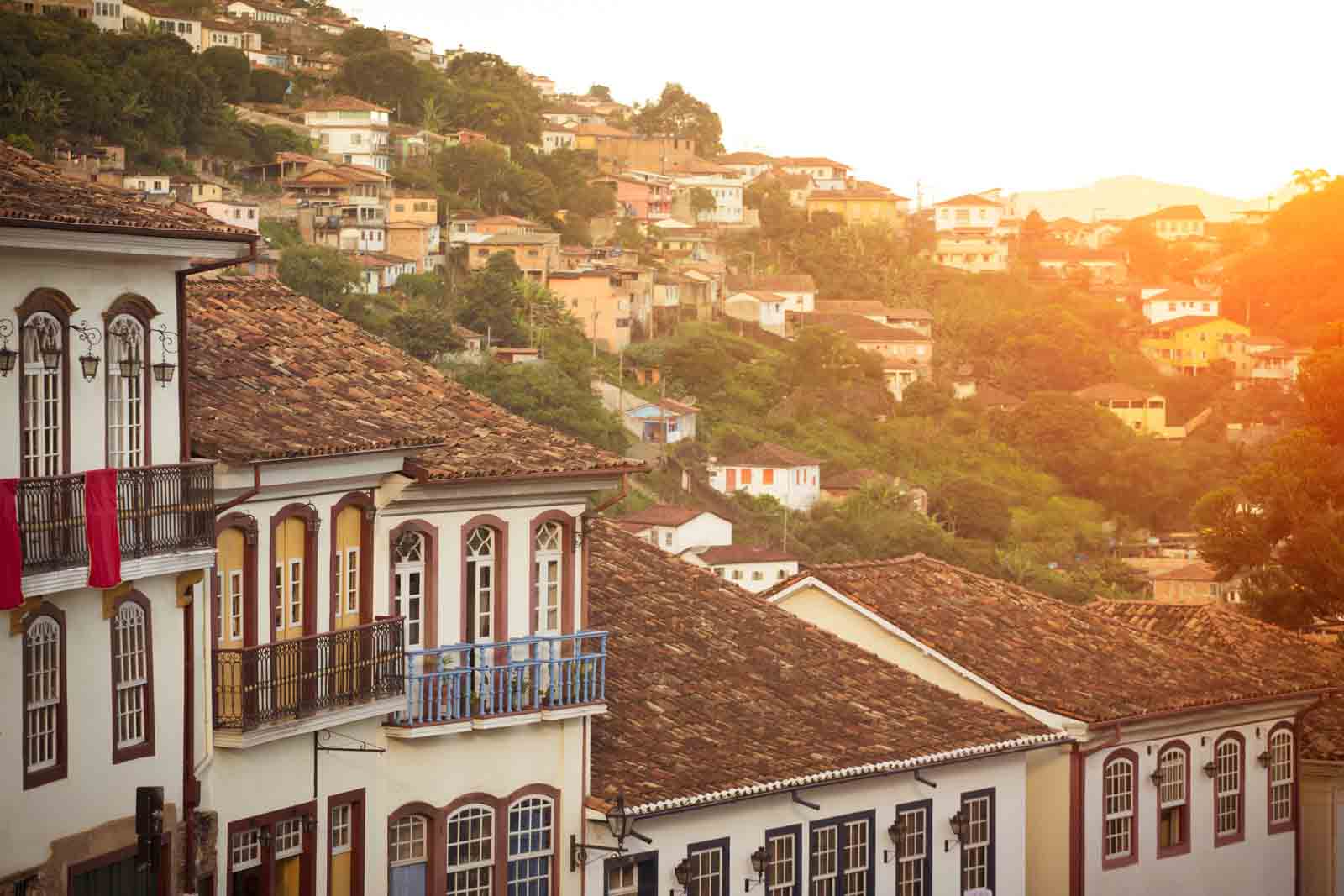
City of Potosí, Bolivia
Location: Potosí
Criteria: Cultural
Year established: 1987
Description: Situated at one of the highest elevations globally, Potosí was once home to the Spanish colonial mint, established in the mid-16th century after the discovery of the New World's largest silver reserves.

Chan Chan Archaeological Zone, Peru
Location: La Libertad
Criteria: Cultural
Year established: 1986
Description: Chan Chan functioned as the capital of the Chimú culture and stood as the largest city in pre-Columbian South America. In 1470, the Inca eventually conquered the Chimú.

Peninsula Valdés, Argentina
Location: Viedma Department
Criteria: Natural
Year established: 1999
Description: The entire peninsula serves as a significant nature reserve, hosting a plethora of marine mammals along its coastline and a diverse array of land animals in its interior. The recorded presence of over 181 bird species in this area includes the Antarctic pigeon.

Humberstone and Santa Laura Saltpeter Works, Chile
Location: Tarapacá
Criteria: Cultural
Year established: 2005
Description: These two former saltpeter refineries situated in the Atacama Desert are emblematic of the saltpeter (potassium nitrate) industry in northern Chile during the 19th and early 20th centuries.

Ciudad Universitaria de Caracas, Venezuela
Location: Caracas
Criteria: Cultural
Year established: 2000
Description: Planned by Venezuelan architect Carlos Raúl Villanueva and regarded as a masterpiece of early 20th-century architecture and urban planning, the site encompasses the Grand Hall, celebrated for its acoustics, along with a collection of renowned elements.

Coro and its Port, Venezuela
Location: Falcón
Criteria: Cultural
Year established: 1993
Description: Established in 1527, Coro stands as a living example of the blend of Caribbean architecture with Spanish Mudéjar (Muslim) and Dutch influences.
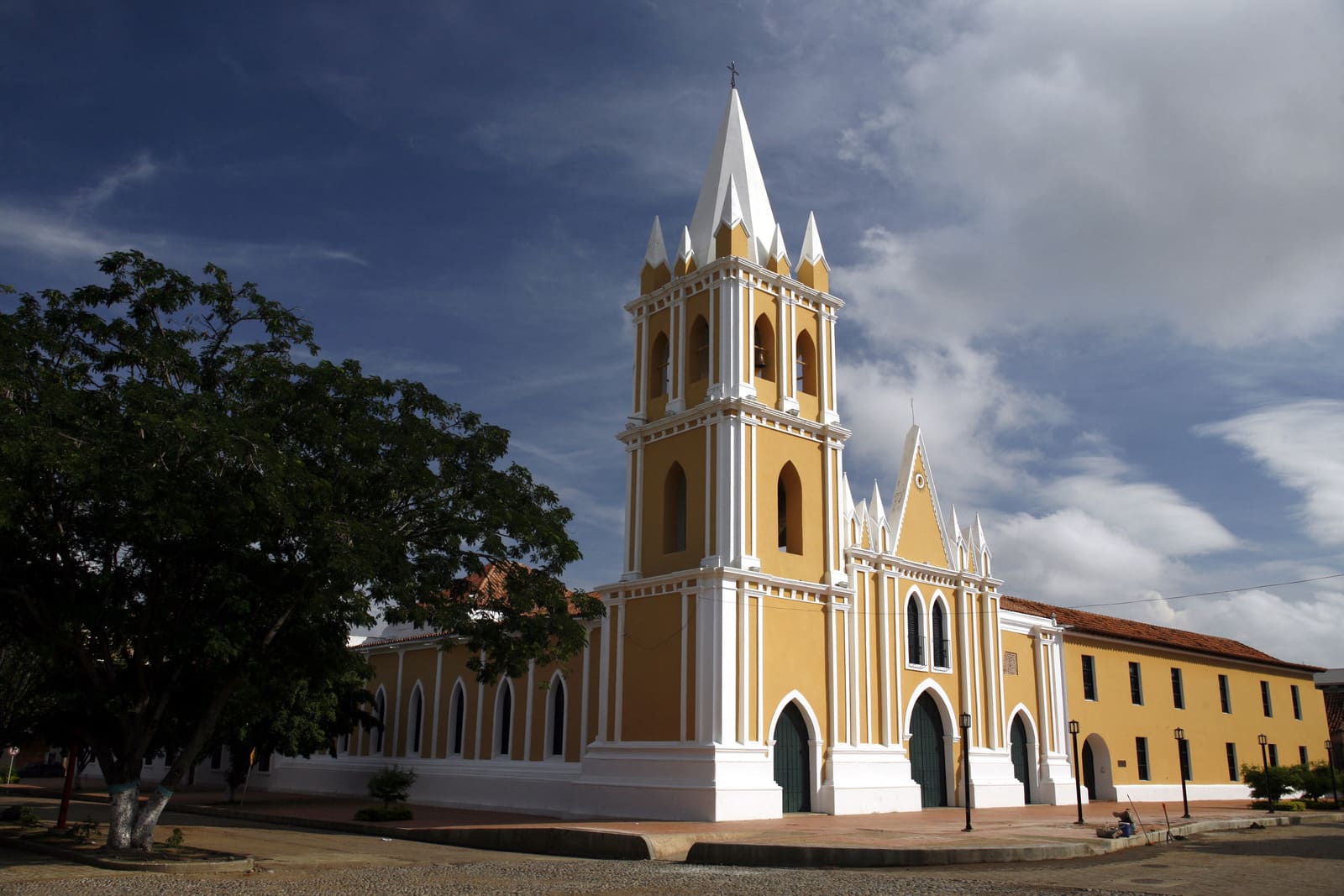
Historic Quarter of Colonia de Sacramento, Uruguay
Location: Colonia
Criteria: Cultural
Year established: 1995
Description: Numerous buildings in the Spanish and Portuguese colonial style adorn the area, featuring notable landmarks such as the renowned city gate and wooden drawbridge (depicted), along with the early 19th-century Basílica del Santísimo Sacramento.

Jesuit Missions of the Guaranis, Argentina and Brazil
Locations: Misiones Province (Argentina), Rio Grande do Sul (Brazil)
Criteria: Cultural
Year established:1983
Description: San Ignacio Mini (depicted), Santa Ana, Nuestra Señora de Loreto, and Santa María Mayor in Argentina, along with the ruins of São Miguel das Missões in Brazil, are situated in a tropical forest within the territory of the Guarani people.

Central Suriname Nature Reserve, Suriname
Location: Sipaliwini District
Criteria: Natural
Year established: 2000
Description: This site is characterized by a pristine tropical rainforest ecosystem, boasting high biodiversity and hosting a variety of endangered species. Within the reserve stands Julianatop, the country's highest mountain, reaching an elevation of 4,199 feet (1,280 meters).

Historic Center of Salvador de Bahia, Brazil
Location: Bahia state
Criteria: Cultural
Year established: 1985
Description: Established by the Portuguese in 1549 as the inaugural capital of Brazil, the colonial old town has conserved a captivating array of brightly colored Renaissance houses spanning from the 16th to the 18th centuries.

Churches of Chiloé, Chile
Location: Chiloé Province, Los Lagos Region
Criteria: Cultural
Year established:2000
Description: A distinctive archaeological phenomenon in the Americas, these churches, constructed in the 18th and 19th centuries, represent prominent instances of Chilota wooden architecture that seamlessly blend European and indigenous traditions.

Atlantic Forest South-East Reserves, Brazil
Location: Paraná, São Paulo, and Rio de Janeiro states
Criteria: Natural
Year established: 1999
Description: Brazil's Atlantic Forest is notable for its high biodiversity, harboring numerous rare and endemic species.

Historic Center of São Luís, Brazil
Location: Maranhão state
Criteria: Cultural
Year established:1997
Description: São Luís, a prime illustration of a Portuguese colonial town, was initially settled by the French in 1612, under the name San-Louise-de-Maragnan.

Chavin Archaeological Site, Peru
Location: Huari Province, Ancash
Criteria: Cultural
Year established:1985
Description: The Chavín culture emerged in the Andean highlands between 1500 and 300 BCE. Archaeologists have referred to the site as "the birthplace of South American culture." It encompasses a complex of terraces and squares carved from rock.

Sanctuary of Bom Jesus do Congonhas, Brazil
Location: Congonhas
Criteria: Cultural
Year established: 1985
Description: Ordered by the Portuguese in the 18th century and crafted by sculptor and architect Aleijadinho, the basilica of the sanctuary showcases 12 sculptures of Old Testament prophets arranged around the terrace.

Serra da Capivara National Park, Brazil
Location: Piauí
Criteria: Cultural
Year established: 1991
Description: The park boasts the largest and oldest concentration of prehistoric sites in the Americas. Numerous rock shelters in the area exhibit exceptional instances of cave art and are scattered with stone tools and various ancient artifacts.

Cerrado Protected Areas, Brazil
Location: Central Brazil Plateau
Criteria: Natural
Year established:2001
Description: Chapada dos Veadeiros and Emas National Parks, situated in the Brazilian state of Goiás, exemplify the cerrado, one of the world's oldest ecosystems and a crucial sanctuary for species amidst climate change.

Malpelo Fauna and Flora Sanctuary, Colombia
Location: Cauca Department
Criteria: Natural
Year established: 2006
Description: Situated in the East Pacific Ocean, the small island of Malpelo hosts a distinctive shark population. As an oceanic island, Malpelo has never been connected to any other islands or the mainland.
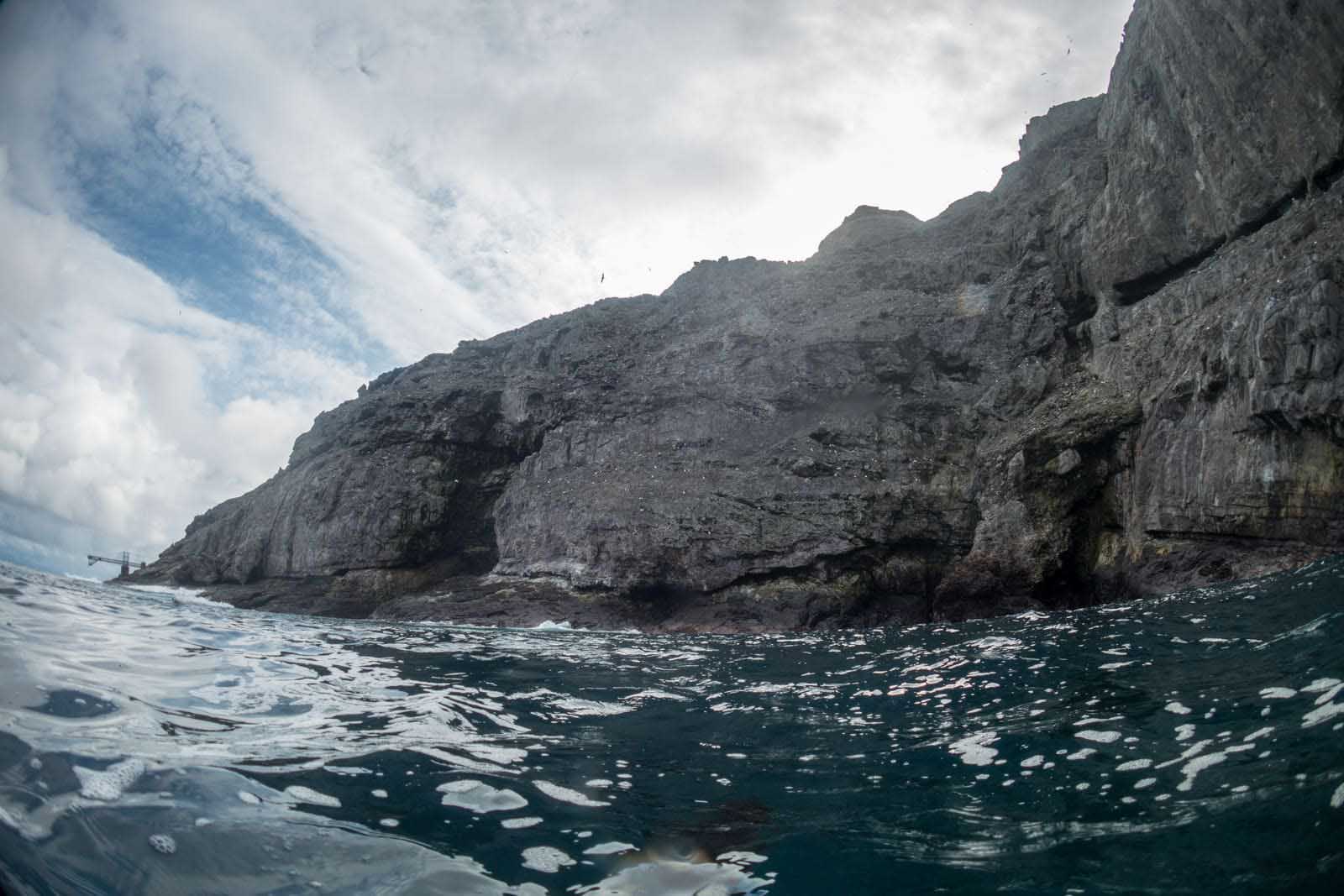
Historic Center of Lima, Peru
Location: Lima
Criteria: Cultural
Year established: 1988
Description: The Archbishop Palace, Goyeneche House, and the Basílica Cathedral are just three of the remarkable buildings that characterize the historic center of the Peruvian capital.
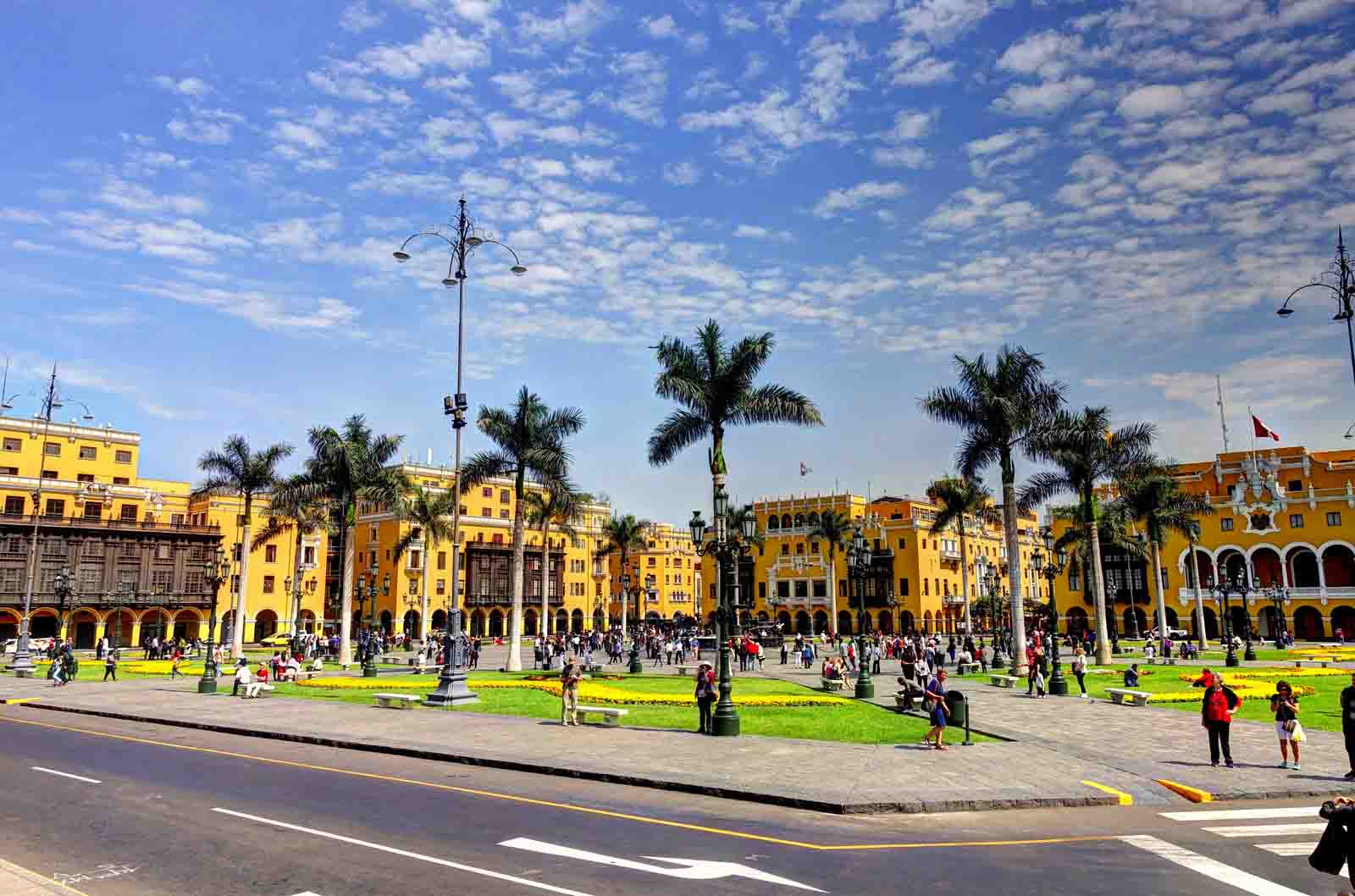
Canaima National Park, Venezuela
Location: Bolivar
Criteria: Natural
Year established: 1994
Description: The notable tabletop mountains, known as tepui, which define the park, hold significant geographical and biological importance. Angel Falls (depicted), the highest waterfall globally, is encompassed within the site.

Coffee Cultural Landscape of Colombia, Colombia
Location: Caldas, Quindio, and Risaralda Departments
Criteria: Cultural
Year established:2011
Description: Colombian coffee enjoys global renown for its quality and delightful taste. The century-old tradition of coffee cultivation in Colombia has become emblematic of the country's culture, influencing social traditions in music, architecture, education, and cuisine.

Fuerte de Samaipata, Bolivia
Location: Florida Province, Santa Cruz Department
Criteria: Cultural
Year established:1998
Description: This pre-Columbian archaeological site comprises the remnants of a town and a substantial sculptured rock nearly completely adorned with carvings of both Inca and pre-Inca origin.

Jesuit Missions of Chiquitos, Bolivia
Location: Santa Cruz Department
Criteria: Cultural
Year established:1990
Description: Comprising six 17th- and 18th-century Jesuit settlements, with the churches being the standout features, Chiquitos exemplifies the fusion of indigenous and European architectural traditions.

Historic Center of Santa Ana de los Rios de Cuenca, Ecuador
Location: Azuay Province
Criteria: Cultural
Year established: 1999
Description: Recognized for its numerous 16th-century buildings arranged in a grid-like layout, Cuenca's old quarter townscape fundamentally reflects the synthesis of various societies and cultures, serving as a mirror of Renaissance design in Latin America.

Lines and Geoglyphs of Nazca and Pampas de Jumana, Peru
Location: Nazca
Criteria: Cultural
Year established: 1994
Description: Crafted between 400 and 650 CE and thought by archaeologists to have served a ritualistic purpose, the vast and remarkable designs in the Nazca Desert encompass various forms, including animals such as a monkey and a hummingbird (depicted).

Sacred City of Caral-Supe, Peru
Location: Lima
Criteria: Cultural
Year established: 2009
Description: Caral is among the 18 complex urban settlements associated with the Norte Chico civilization, which thrived between the fourth and second millennia BCE. The site showcases numerous monuments and pyramid structures.

San Agustin Archaeological Park, Colombia
Location: Huila Department
Criteria: Cultural
Year established: 1995
Description: The park displays the most extensive collection of religious monuments and megalithic sculptures in Latin America.

Los Alerces National Park, Argentina
Location: Chubut Province
Criteria: Natural
Year established: 2017
Description: Named after the massive alerce tree, one of the longest-living trees globally, the park boasts the largest alerce forest in the country.

Jesuit Missions of La Santísima Trinidad de Paraná and Jesús de Tavarange, Paraguay
Location: Paraguay
Criteria: Cultural
Year established: 1993
Description: These are two excellent instances of the numerous Jesuit reductions, small colonies established by missionaries in various locations in South America, constructed during the 18th and 19th centuries.

Historic Quarter of Valparaíso, Chile
Location: Valparaíso
Criteria: Cultural
Year established: 2003
Description: Valparaíso served as a significant stopover in the 19th century for ships navigating between the Atlantic and Pacific oceans through the Straits of Magellan. The city prospered as a magnet for European immigrants during this period.

Qhapaq Ñan, Argentina, Bolivia, Chile, Colombia, Ecuador, Peru
Location: South America
Criteria: Cultural
Year established: 2014
Description: The Andean Road System was an expansive Inca communication, trade, and defense network of roads, covering a distance of 19,000 miles (30,000 km) and constructed over several centuries.

Check Our Suggested Tours:
Check Our Galapagos Cruises:


